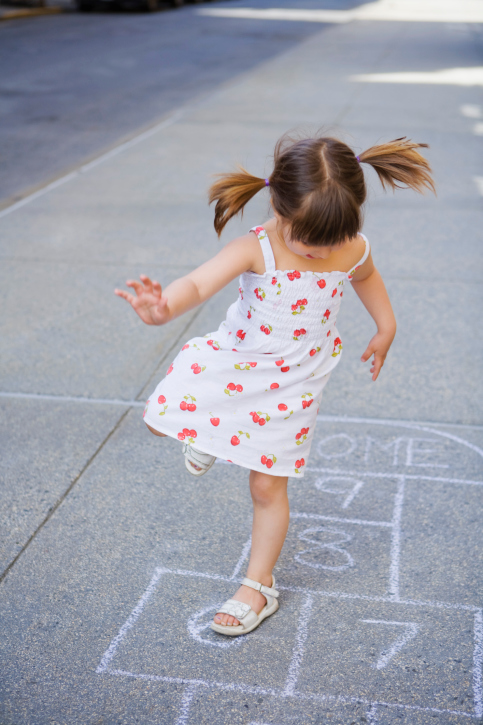We all learned in grade school about our five senses: sight, smell, taste, sound, and touch. But did you know that all humans have a sixth sense? Step aside Bruce Willis, this sixth sense has nothing to do with ghosts. It’s our vestibular system! What is the vestibular system? Let’s find out!
What is the Vestibular System?
Seatbelts, everyone! We’re headed to the inner ear. This is where our balance is regulated. The vestibular system includes the middle ear and inner ear. Fluids inside the inner ear affect our balance. That’s why spinning ourselves in circles makes us feel dizzy; the fluids in our inner ear are in motion, which throws off our balance. The vestibular system is integral to our relationship with gravity, safety, survival, arousal, and attention. This is going to be important to remember as we explore how the vestibular system affects your child’s behavior.
How Does the Vestibular System Affect Behavior?
The vestibular system affects balance and movement. That, combined with information from our eyes and ears, is how we create an awareness of the space we take up as well as the space that is around us. Your eyes can see what is in a room and your ears can hear what’s going on around you. Your vestibular system tells you if you are moving, standing still, balancing, etc.
When a child has an underdeveloped vestibular system, they are not getting the right kind of information to create a solid spatial awareness. The loss of balance can make a child feel unsafe and scared, which in turn affects their arousal levels, attention, and makes their behavior kick into survival mode. A child with an underdeveloped vestibular system may feel nauseous when in motion or traveling. A good way to help your child develop his or her balance is to engage them in play that puts them in motion, like pushing them on a swing, letting them jump on a trampoline, or helping them to ride a bike. However, if your child has any negative reactions to these exercises, don’t push them. You may want to consult your specialist before engaging in any new exercises, especially if your child is prone to seizures. The important thing to remember is that any movement helps, so if you can help your child to be active rather than sit in place, their vestibular system will thank you for it!
The Connections Therapy Center
The Connections Therapy Center is a top therapy center serving families of children and adolescents with disabilities. Our team consists of the leading experts in the fields of pediatric speech, occupational therapy, speech-language pathology, and behavior sciences. We offer intensive, hands-on therapy for children and adolescents as well as resources for families. We are real therapists helping real families with real issues. If you are concerned about your child’s behavior, take a moment to fill out our quick questionnaire. If you’d like to schedule an appointment, call 202-561-1110 (Washington, D.C. office) or 301-577-4333 (Lanham office) or contact us via our website. Want to keep up with our latest news and blog posts? Follow us on Facebook, Twitter, Google+, and Pinterest.

